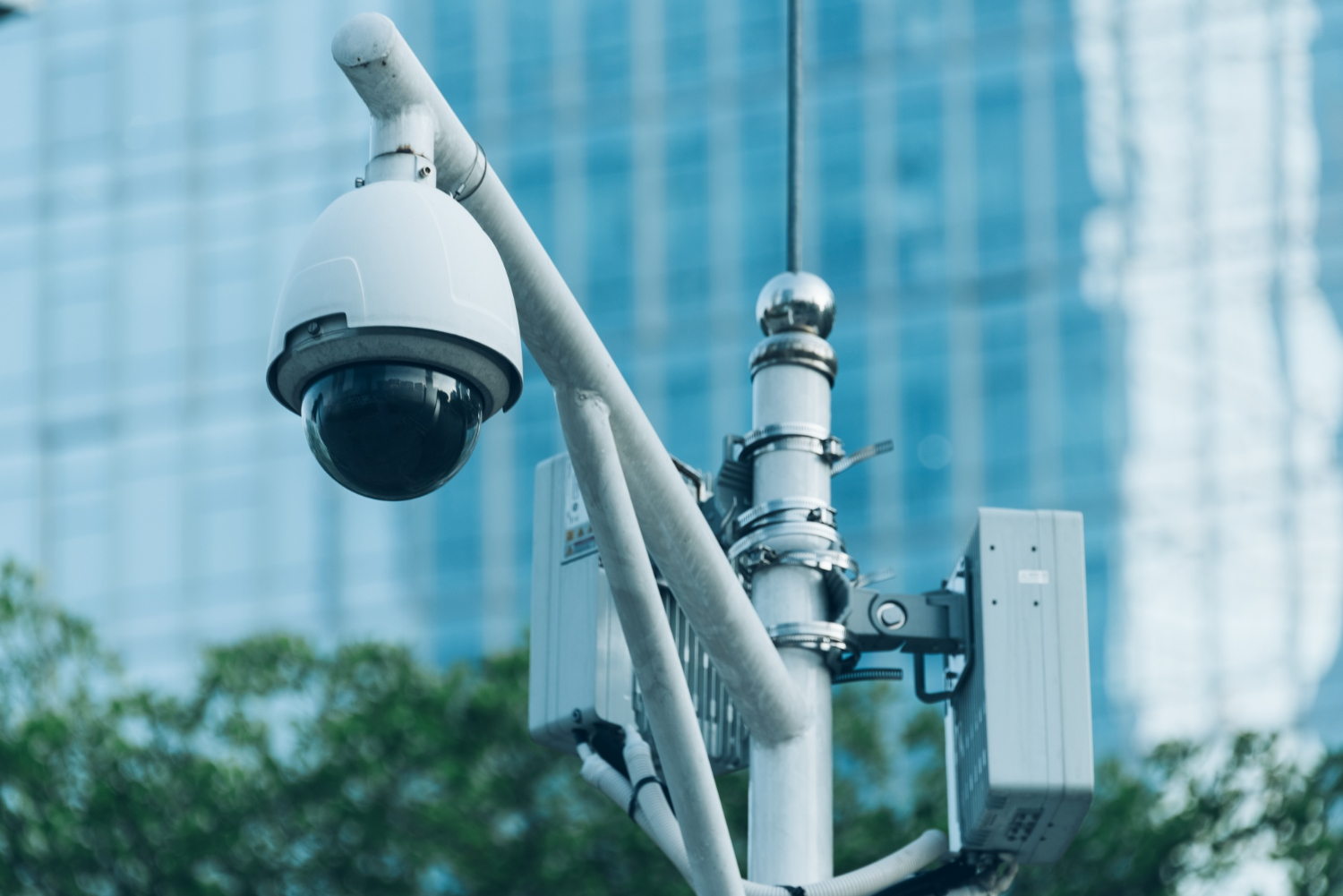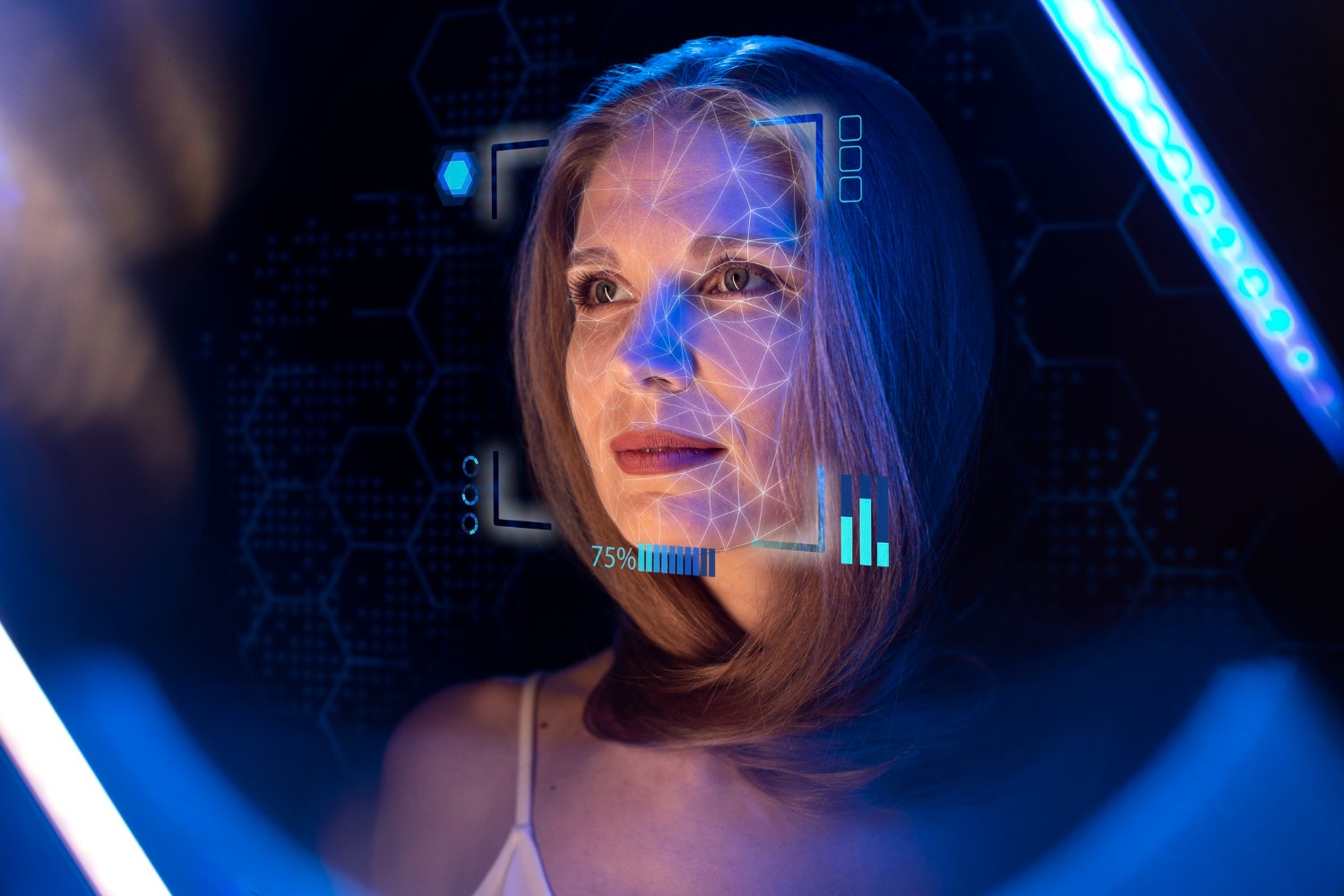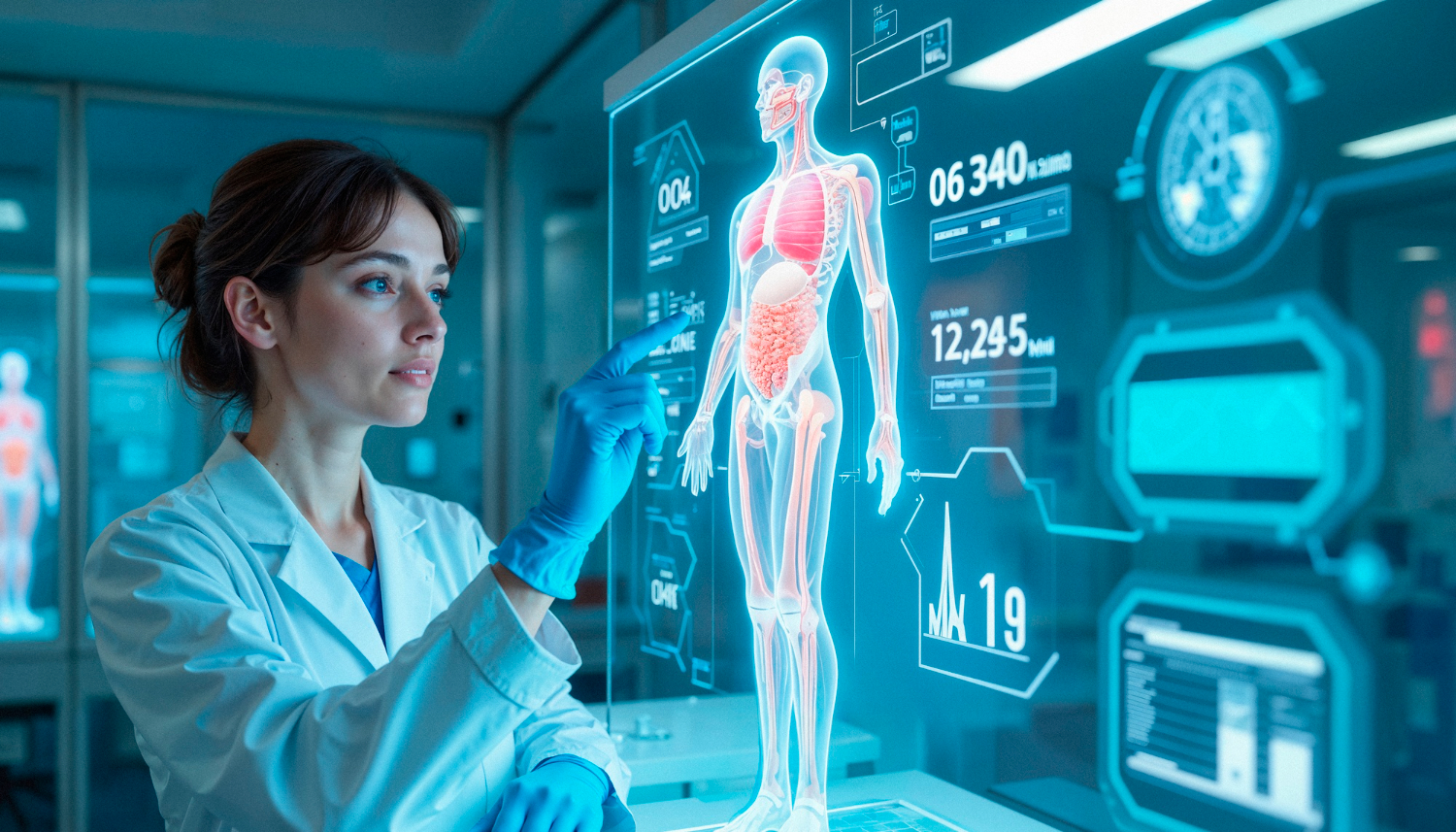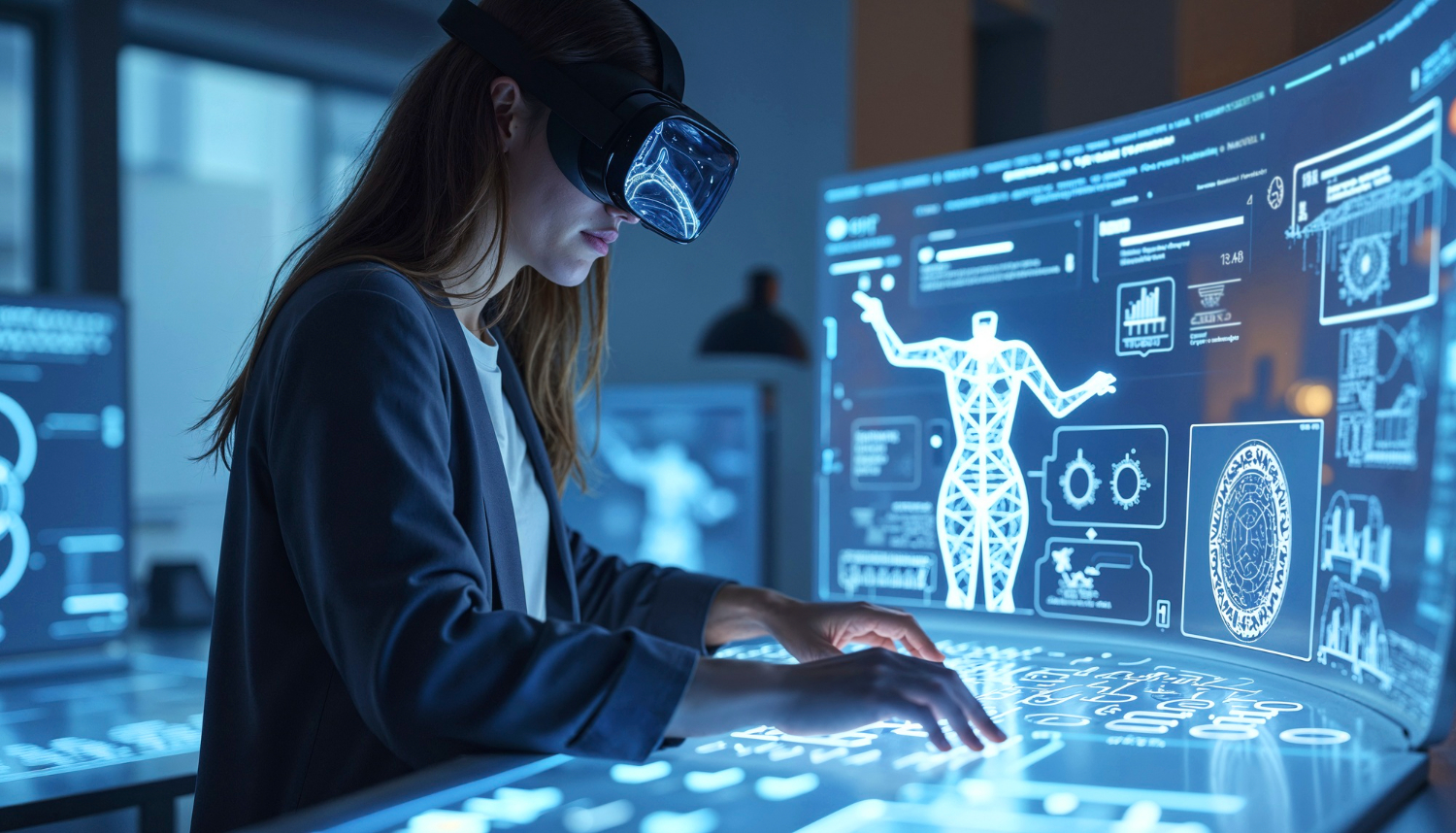Introduction
Artificial intelligence (AI) continues to shape industries around the world, and video surveillance is one of the areas seeing rapid progress. What once required human intelligence and constant manual monitoring can now be assisted by systems able to perform tasks at scale. Cameras connected to AI-driven platforms no longer just record. They analyse, compare, and respond in real time.
The idea once sounded like science fiction. Today, it is a reality across cities, businesses, and homes. AI in surveillance uses deep learning, neural networks, and other types of machine learning.
It helps manage large amounts of data from many video feeds at the same time. The systems provide decision support to security teams while lowering human workload.
In the United States and abroad, public and private organisations adopt these tools for many specific tasks. AI-based surveillance has changed a lot. It now goes beyond just recording. It helps with crowd monitoring, traffic management, and workplace safety.
Why AI Matters in Surveillance
Video feeds alone create massive streams of information. Humans can only process a fraction of it. AI systems handle this scale with precision. They perform tasks like identifying unusual behaviour, detecting specific objects, and issuing alerts.
This ability transforms surveillance from reactive to proactive. Instead of waiting for incidents to happen, systems analyse data in real time and help prevent problems. The combination of deep neural networks and fast processing allows cameras to go beyond simple recording.
For decision-makers, AI-based video systems mean fewer blind spots. Security officers can cover wider areas and focus only on alerts that matter. The technology extends human capabilities without replacing the human role entirely.
From Science Fiction to Practical Systems
In the past, depictions of smart machines in films shaped public perception of surveillance technology. People often presented AI as a tool that matched or exceeded human intelligence. While real-world systems do not think in the same way, they replicate certain problem-solving processes through neural networks and deep learning models.
Unlike fictional portrayals, today’s AI does not act independently. It carries out specific tasks within clear parameters. For instance, a system may detect motion in restricted areas or recognise number plates on vehicles. These are controlled functions, rooted in computer science rather than fantasy.
Read more: Computer Vision in Smart Video Surveillance powered by AI
How Deep Learning Transforms Video Surveillance
Deep learning allows machines to recognise patterns in video footage. With a deep neural network, systems learn from vast amounts of labelled data. Each frame becomes part of the training set, teaching the system how to classify what it sees.
For example, a camera monitoring a car park can learn to distinguish between pedestrians, cars, and bicycles. The longer it processes video, the more accurate it becomes. This is a subset of machine learning where improvements come from constant data input and training.
The strength lies in adaptability. Deep learning is different from traditional software. It can handle new situations by finding patterns in large data sets. This enables continuous refinement without reprogramming.
Neural Networks and Their Role
Neural networks form the basis of how AI handles video analysis. Inspired by the human brain, these models consist of layers that pass information between nodes. Each layer extracts features from digital images or video, moving from simple shapes to complex objects.
In surveillance, neural networks perform tasks like face detection, object tracking, and behaviour analysis. A system can tell if a person stays in one place for too long. It can also see if a vehicle goes the wrong way. These insights give security teams faster awareness of potential risks.
The combination of neural networks and deep learning pushes video surveillance beyond traditional motion sensors or static alarms. It brings a form of perception that narrows the gap between machines and human intelligence in real-world monitoring.
Read more: AI-Powered Video Surveillance for Incident Detection
Decision Support for Security Teams
Security teams face constant information overload. AI systems ease this by filtering events that matter. Decision support tools highlight unusual activity, allowing officers to respond more effectively.
For example, in a busy airport, hundreds of cameras operate at once. Humans cannot track all feeds in real time. AI monitors the data, sending alerts only when anomalies occur. If luggage remains unattended or a crowd builds in an unusual location, officers receive a signal to investigate.
This support system does not replace human judgement but strengthens it. Officers decide on the course of action while AI provides timely prompts.
Natural Language Processing in Surveillance
Natural language processing (NLP) adds another dimension to AI in video monitoring. NLP is usually linked to text or human languages. However, using it in surveillance helps systems work better with operators.
For instance, an officer can type or speak a query into a system, such as “Show all vehicles that entered after midnight.” NLP translates the request into machine instructions and retrieves the relevant video. Large language models (LLMs) use large data sets to improve this process. They help the system understand complex questions better.
This creates a bridge between technical systems and everyday communication, reducing the need for specialised training.
Read more: GDPR-Compliant Video Surveillance: Best Practices Today
Real-Time Monitoring and Alerts
The value of AI surveillance lies in real-time response. Events like theft, trespassing, or workplace accidents demand immediate action. Systems powered by AI can issue instant alerts.
A deep neural network processes video frames on the spot. It classifies behaviour, compares it with expected patterns, and flags anomalies. This is especially useful in high-risk sites like energy plants, transport hubs, or crowded public spaces.
Such systems reduce response times and often prevent incidents from escalating. Humans still make final decisions, but AI ensures no critical event goes unnoticed.
Handling Large Amounts of Data
Video surveillance generates massive volumes of footage. Storing and reviewing this manually is impossible. AI handles large amounts of data efficiently, compressing, indexing, and sorting it for easy retrieval.
Deep learning models can scan through months of footage in hours, identifying moments of interest. This is a critical improvement over traditional systems, which required human operators to sift through long recordings.
With efficient data handling, surveillance shifts from a passive archive to an active decision support tool.
Read more: Computer Vision: Latest Trends and Technology Advancements
Use Cases Across Different Sectors
AI video surveillance applies to many industries:
-
Retail: Detects theft, monitors customer flow, and manages queues.
-
Transport: Analyses traffic in real time, manages congestion, and improves road safety.
-
Healthcare: Protects patients by monitoring unusual movements or falls in hospital wards.
-
Workplace Safety: Detects unsafe behaviour on construction sites or factories.
-
Public Security: Identifies crowd build-up, fights, or suspicious objects in urban areas.
These use cases show how AI extends beyond security, supporting broader operational efficiency.

Balancing Privacy with Security
The growth of AI in surveillance also raises questions about privacy. Systems that track faces or behaviour may affect how people feel in monitored spaces. In the United States and other areas, regulators create clear rules about data storage, consent, and acceptable use.
Companies must balance the benefits of improved security with the rights of individuals. Clear policies, transparency, and compliance with legal frameworks ensure responsible use.
Comparing Human and Machine Capabilities
Humans excel at understanding context and making nuanced decisions. Machines excel at handling repetitive, large-scale monitoring. When combined, AI and humans create an efficient system where each side performs tasks suited to their strengths.
For example, humans interpret intent in complex situations, while machines detect patterns invisible to the human eye. This synergy provides both scale and depth to surveillance operations.
Read more: Fundamentals of Computer Vision: A Beginner’s Guide
Integration with Public Safety Networks
AI-based video surveillance now plays a central role in public safety programmes across many countries. Large cities link thousands of cameras into connected grids where deep learning models process the incoming footage. Neural networks help reduce false alarms. They make sure alerts go to control rooms only when they are important.
Traffic departments adopt AI video platforms to improve the flow of vehicles. Cameras record events on busy roads. The systems analyze behaviors like changing lanes, speeding, and running red lights.
Human operators receive reports with clear visual evidence rather than raw footage. This approach makes problem solving more structured and efficient.
Police forces also integrate AI systems with existing operations. Large amounts of data from body cameras, drones, and street sensors feed into deep neural networks. These models classify incidents, track suspects across multiple feeds, and identify specific tasks that require officer intervention.
Industrial Applications of Surveillance AI
Manufacturing plants and energy facilities depend on strict safety standards. AI video surveillance in these environments allows for constant supervision without requiring human presence at every station. Deep learning models can spot risks. These include workers going into restricted areas, machines running without safety covers, or fires starting near sensitive equipment.
In industrial facilities, neural networks trained on digital images detect changes in assembly line performance. A deep neural network can notice subtle differences in movement patterns that indicate a fault. This improves efficiency and reduces costly downtime.
Companies in the United States and other countries now use surveillance AI in their industrial processes. They do this for both security and productivity. This combination of safety monitoring and operational analysis provides a broad return on investment.
Read more: Computer Vision Applications in Modern Telecommunications
Ethical Considerations and Data Management
AI surveillance operates with large amounts of sensitive data. Governments and regulators impose clear limits to protect privacy. The United States maintains guidelines through agencies that balance security needs with civil rights. Systems must comply with data protection standards and allow accountability in case of misuse.
AI surveillance systems store video for limited periods, with strict access rules. Decision support functions ensure human oversight, keeping critical responsibility in the hands of people. By combining human intelligence with automated analysis, organisations maintain ethical standards while still benefiting from efficiency.
Debates around AI surveillance often include questions about how much monitoring society should accept. While these systems perform tasks that improve safety, they also raise concerns about constant observation. The challenge lies in using the technology responsibly while maintaining trust with the public.
AI Surveillance in Healthcare Settings
Hospitals and clinics increasingly turn to AI-enabled video systems to improve patient safety. Cameras track movements in wards and trigger alerts when patients fall or leave beds unattended. Neural networks process the data set in real time, reducing risks in critical care units.
Deep learning supports infection control by monitoring hand hygiene compliance. Cameras identify when staff interact with patients without proper preparation. These functions require human oversight, but AI provides valuable insights that improve compliance with health standards.
Video surveillance also secures medical supply areas. AI systems classify objects and detect unauthorised access. This reduces theft and ensures that sensitive equipment remains available when required.
Retail and Commercial Applications
Retail chains across the world integrate AI surveillance to prevent theft and improve customer experience. Systems use deep neural networks to track behaviour inside stores. They detect suspicious movements, such as repeated item handling without purchase. Security teams receive alerts before theft occurs.
In addition to loss prevention, AI surveillance improves layout planning. By analysing customer flows in real world environments, retailers adjust product placement. These insights guide decisions that improve sales while ensuring safety.
Commercial office spaces adopt similar systems. Cameras trained with machine learning models monitor entrances, exits, and corridors. They confirm that only authorised staff access restricted areas. Decision support features also help building managers handle emergencies more effectively.
Read more: AI-Powered Computer Vision Enhances Airport Safety
Transport and Infrastructure Surveillance
Public transport systems use AI surveillance to improve passenger safety and operational efficiency. Trains, buses, and stations generate huge amounts of video. Neural networks process this data to identify unattended luggage, overcrowded platforms, or suspicious behaviour.
Road infrastructure also benefits from AI video monitoring. Cameras track traffic density, detect collisions, and provide early alerts to control centres. By analysing real time feeds, systems improve response times during accidents and reduce congestion.
Airports implement AI surveillance for both security and logistics. Cameras watch baggage handling areas, detecting misplaced items and improving efficiency. Deep learning models reduce human error by verifying correct routing of luggage through scanning systems.
Integration with Smart Cities
AI surveillance now supports the broader development of smart cities. Urban areas adopt interconnected systems where cameras and sensors feed into a central hub. Deep learning models process the information and provide decision support to city authorities.
For example, neural networks trained on large data sets predict crowd movement during events. This allows police to manage flow and reduce risks. Traffic systems also integrate AI surveillance to adapt signals dynamically, improving transport flow.
By combining video surveillance with sensors that measure air quality, noise, and temperature, cities gain a comprehensive view of urban life. This integration turns surveillance into a broader tool for planning and public safety.
Read more: The Future of Cities Lies in AI and Smart Urban Design
Future Directions in AI Video Systems
The next stage of AI surveillance will depend on progress in both hardware and software. Cameras will collect sharper images, while deep learning models process data faster. Neural networks will improve accuracy by training on larger data sets.
Integration with natural language processing will allow operators to issue instructions in human languages without technical commands. For example, an officer could request, “Show all people who entered this door after 10 pm,” and the system will retrieve the video instantly.
Large language models will extend this capacity by enabling more complex queries. The systems will understand intent, not just simple instructions. This reduces the learning curve for operators and improves usability.
Read more: A Complete Guide to Object Detection in 2025
Beyond Surveillance: The Broader Impact
AI surveillance systems do more than prevent crime. They support urban planning by analysing movement patterns in cities. They help businesses optimise layouts based on customer flow. They contribute to safety management in industries by monitoring compliance with standards.
These applications underline that video surveillance enhanced by AI is not just about security. It provides insights that help solve problems in multiple domains.
Future Outlook
The future of video surveillance will integrate even more advanced AI tools. With improvements in deep learning and neural networks, systems will handle specific tasks with greater accuracy. Large language models will continue to improve communication between humans and machines.
The challenge lies in managing data responsibly and ensuring ethical use. As systems expand across the United States and globally, regulations and standards will guide adoption.
What once sounded like science fiction is now a growing part of everyday infrastructure. AI has moved video surveillance into a space where human intelligence and machine efficiency work side by side.
How TechnoLynx Can Help
TechnoLynx works with businesses and public organisations to design intelligent video surveillance systems. Our solutions use deep learning, neural networks, and NLP to process large amounts of data in real time. We build platforms that deliver decision support, improve safety, and reduce manual workload.
From designing models that perform tasks like object detection to deploying systems in real-world environments, TechnoLynx provides end-to-end expertise. Our approach ensures that AI surveillance enhances security without losing sight of human needs.Contact TechnoLynx now to start collaborating!
Image credits: Freepik and Fanjianhua













